Revisiting India’s moderns
By Nvya Editorial | Published on Feb 7, 2019 | in Art Curators
Gallerie Nyva is a name and place that speaks of extraordinary art, unparalleled service and international as well as domestic expertise. This suite of works revisits India’s moderns in more ways than one.
Begin with the master Akbar Padamsee whose watercolor on paper is a faint evocation of a series he did in early years. Some of Akbar Padamsee’s earliest paintings demonstrated what would clearly become a lifelong obsession with representing human faces. As he has explained, “expression is all the more powerful when it is about a solitary figure of just a face.” Yet for him, it is the creative process rather than the final picture that remains of utmost importance.
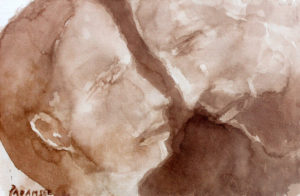

Then there are the colourative chromatic intensities of Laxma Goud whose characters become a choreography of the present day milieu.
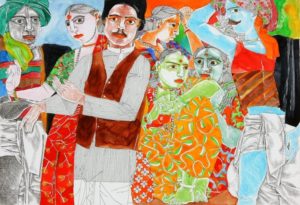

Thota Vaikuntham’s Telangana women and men become the exemplification of both elegance and social mores of a lived idiom in which colour and contour celebrate the vernacular as a motif of virtuosity
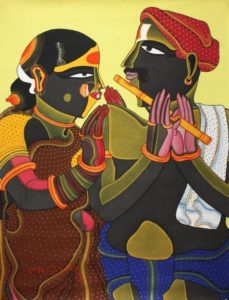

Jamini Roy’s Mother and Child and Seated Man are a dulcet density of his technique and style in which he used Santhal figures as his models to create images of universal temper and tone.
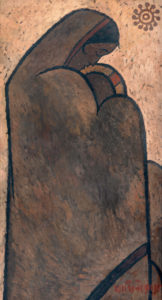

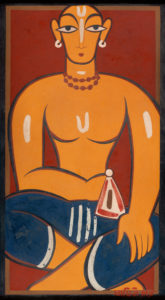

Paris based master Sakti Burman’s paintings seem to occupy a world of their own, suspended between the spheres of myth and reality. He has often been called an “alchemist of dreams” and through his canvases, the viewer unwittingly enters the realm of the fantastic. His works are a reflection of his own experiences blending Indian cultural sensibilities with an international aesthetic.
“Sakti Burman’s spirit is one in which poetical and interior meditation, harmonies of sounds and his dreams and reflections mingle together and form an image full of color, fantasy, designs, variety, fragments of stories and at the same time, an invitation to silent, discreet and joyous contemplation of the realities.
Patriarch of the palette M. F. Husain’s watercolour and drawing of Khajuraho unveil his obsession with line and linearity. If his watercolour is a suffusion of elements and soft moody tones awash in a certain mood it is the sculptural intensity of Khajuraho that draws your attention to the grace and grandeur of a single figure.
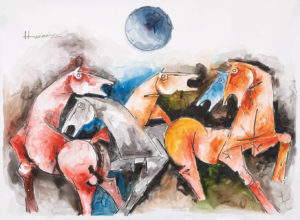

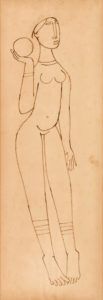

Amarnath Sehgal’s sculptures set him apart as a renaissance master who created works that were the epitome of the very spirit of being. In these two works we see a truth to materials and the myriad moments of creating a symphony of human emotions in the melding of metal and form.
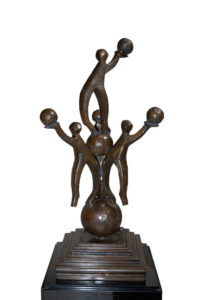

The two works by Sayed Haider Raza position him as a master of geometry and precision. Works from this period represent an artistic return to Raza’s Indian culture after he had traveled across the world and lived in France for more than five decades, enriching his artistic horizons with the avant-garde forms he saw and experienced in Europe and the United States. We see both works and know that Raza had moved away from tangible landscapes and fluid brushstrokes that characterised his earlier work, to turn towards more sacred geometries of form. Using complex arrangements of basic shapes and primary colours, he channeled Indic cosmology and Tantric art in these abstract visual meditations.






